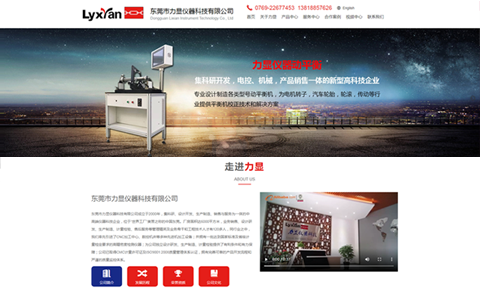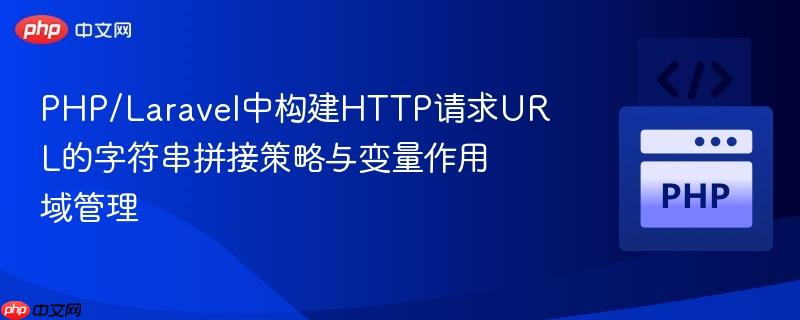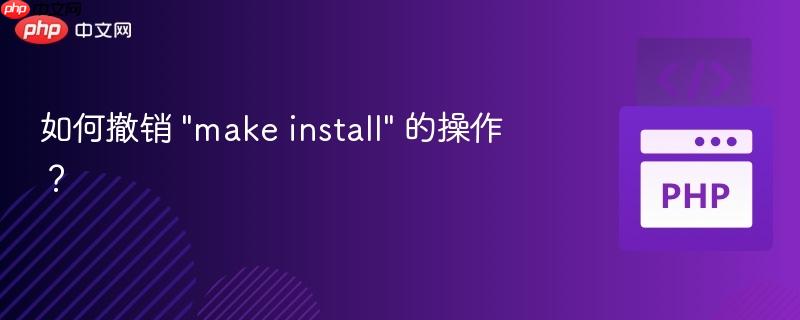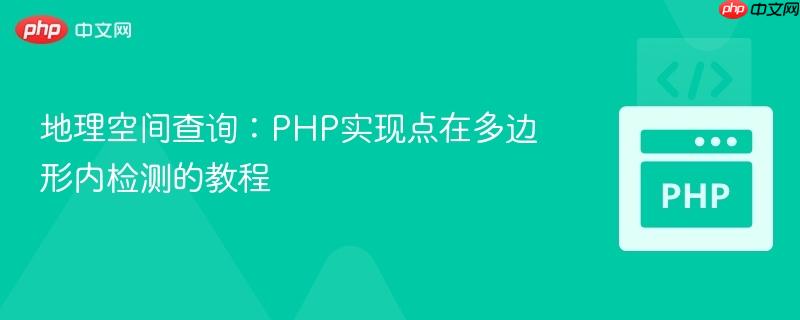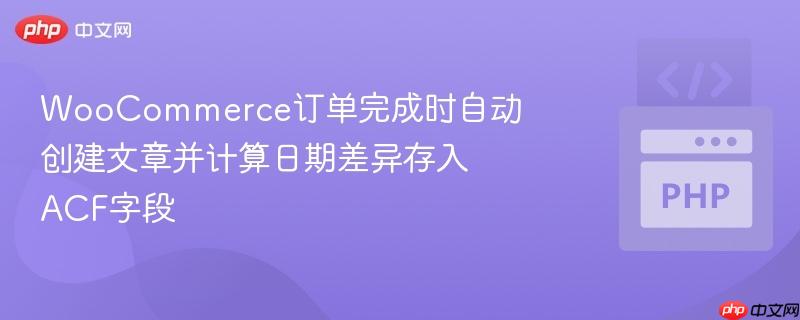
本文将指导开发者如何在WooCommerce订单完成时,自动创建一个自定义文章类型(Custom Post Type),并在此过程中计算订单创建日期与当前日期之间的天数差异。计算出的天数将作为额外数据,存储到Advanced Custom Fields (ACF) 的数字字段中,从而实现订单数据与文章内容的深度集成与自动化管理。
自动化订单处理与数据集成需求
在WooCommerce店铺运营中,有时需要将订单信息转换为独立的文章实体,以便于后续的业务流程处理或数据分析。例如,当一个订单完成时,系统自动生成一篇“成长过程”类型的文章,其中包含订单的详细信息。更进一步的需求是,需要计算从订单创建(即文章发布)至今的天数,并将这个动态计算的值存储在一个ACF数字字段中,以提供实时的时间差数据。
解决方案概述
本教程将通过一个WordPress钩子 woocommerce_thankyou 来触发订单完成后的自定义逻辑。主要步骤包括:
获取订单对象及相关商品信息。创建新的自定义文章类型。将订单详情保存到ACF中继器字段。计算订单创建日期与当前日期之间的天数差异。将计算出的天数保存到指定的ACF数字字段。详细实现步骤
我们将整合并优化现有代码,以实现上述功能。
1. 获取订单数据并创建文章
首先,我们需要在 woocommerce_thankyou 钩子中获取订单ID,并从中提取必要的订单和商品信息。然后,使用这些信息创建一个新的自定义文章。
function create_post_after_order_and_calculate_date_diff( $order_id ) { // 确保 $order_id 是有效的,并且获取订单对象 if ( ! $order_id || ! ( $order = wc_get_order( $order_id ) ) ) { return; } // 获取订单商品信息 $product_ids = []; $product_names = []; $product_quantities = []; $ordeline_subtotals = []; $product_prices = []; foreach ( $order->get_items() as $item_id => $item_data ) { $product_ids[] = $item_data->get_product_id(); $product_names[] = $item_data->get_name(); $product_quantities[] = $item_data->get_quantity(); $ordeline_subtotals[] = $item_data->get_subtotal(); $product_details = $item_data->get_product(); $product_prices[] = $product_details ? $product_details->get_price() : 0; // 确保产品存在 } // 使用订单的创建日期作为文章的发布日期 $order_creation_date = $order->get_date_created()->format('Y-m-d H:i:s'); // 创建新文章的数组 $new_post_args = array( 'post_title' => "订单 {$order_id}", 'post_date' => $order_creation_date, // 使用订单创建日期 'post_author' => 1, // 可以指定一个管理员用户ID,或根据需求获取当前用户ID 'post_type' => 'groeiproces', // 替换为你的自定义文章类型 'post_status' => 'publish', ); // 插入文章并获取文章ID $post_id = wp_insert_post( $new_post_args ); // 检查文章是否成功创建 if ( is_wp_error( $post_id ) || $post_id === 0 ) { error_log( 'Failed to create post for order ' . $order_id . ': ' . $post_id->get_error_message() ); return; } // 后续的ACF字段更新操作需要依赖 $post_id // ...}add_action( 'woocommerce_thankyou', 'create_post_after_order_and_calculate_date_diff', 10, 1 );登录后复制代码说明:
$order = wc_get_order( $order_id ); 获取订单对象,方便后续获取订单信息。$order-youjiankuohaophpcnget_date_created()->format('Y-m-d H:i:s'); 关键之处在于,我们将文章的 post_date 设置为订单的实际创建日期,而不是当前时间,这符合问题中“订单日期等于文章发布日期”的要求。'post_author' => 1, 这里假设将文章作者设置为ID为1的管理员用户。您可以根据实际需求修改此值。is_wp_error($post_id) 用于检查文章是否成功创建。2. 保存订单详情到ACF中继器字段
接下来,我们将订单商品详情保存到预设的ACF中继器字段中。
 创客贴设计
创客贴设计 创客贴设计,一款智能在线设计工具,设计不求人,AI助你零基础完成专业设计!
 51 查看详情
51 查看详情 
// ... (接上面的代码) // 定义ACF字段键 $orderdetails_key = 'field_61645b866cbd6'; // 你的中继器字段键 $product_id_key = 'field_6166a67234fa3'; $product_name_key = 'field_61645b916cbd7'; $product_price_key = 'field_6166a68134fa4'; $product_quantity_key = 'field_6165bd2101987'; $ordeline_subtotal_key = 'field_6166a68934fa5'; $orderdetails_value = []; foreach ($product_ids as $index => $product_id) { $orderdetails_value[] = array( $product_id_key => $product_id, $product_name_key => $product_names[$index], $product_price_key => $product_prices[$index], $product_quantity_key => $product_quantities[$index], $ordeline_subtotal_key => $ordeline_subtotals[$index], ); } // 更新ACF中继器字段 update_field( $orderdetails_key, $orderdetails_value, $post_id );// ... (继续下面的代码)登录后复制代码说明:
请务必将 'field_xxxxxxxxxxxxx' 替换为您的实际ACF字段键。这些键可以在ACF字段组编辑页面中找到。update_field() 函数用于将数据保存到指定的ACF字段。3. 计算日期差异并保存到ACF字段
这是本教程的核心部分。我们将计算订单创建日期与当前日期之间的天数,并将其保存到另一个ACF数字字段。
// ... (接上面的代码) // 获取订单创建日期对象 // $order->get_date_created() 返回一个 WC_DateTime 对象,可以直接用于 DateTime 构造函数 $order_date_obj = new DateTime( $order->get_date_created()->format('Y-m-d') ); // 获取当前日期对象(只考虑日期部分) $today_obj = new DateTime( date( 'Y-m-d' ) ); // 计算日期差异 $date_diff = $order_date_obj->diff( $today_obj ); // 获取天数差异 $days_difference = $date_diff->days; // 定义ACF日期差异字段键 $date_diff_acf_key = 'field_619e20f8a9763'; // 替换为你的ACF数字字段键 // 将天数差异保存到ACF数字字段 update_field( $date_diff_acf_key, $days_difference, $post_id );} // 函数结束add_action( 'woocommerce_thankyou', 'create_post_after_order_and_calculate_date_diff', 10, 1 );登录后复制代码说明:
new DateTime($order->get_date_created()->format('Y-m-d')) 将订单创建日期转换为 DateTime 对象,并确保只比较日期部分,忽略时间,以获得精确的天数差异。new DateTime(date('Y-m-d')) 创建一个表示当前日期的 DateTime 对象,同样只考虑日期部分。$order_date_obj->diff($today_obj) 计算两个 DateTime 对象之间的差异,返回一个 DateInterval 对象。$date_diff->days 从 DateInterval 对象中获取总天数差异。update_field( $date_diff_acf_key, $days_difference, $post_id ); 将计算出的天数保存到指定的ACF数字字段。请务必将 'field_619e20f8a9763' 替换为您实际的ACF数字字段键。完整代码示例
将上述所有代码片段整合后,完整的解决方案如下:
function create_post_after_order_and_calculate_date_diff( $order_id ) { // 确保 $order_id 是有效的,并且获取订单对象 if ( ! $order_id || ! ( $order = wc_get_order( $order_id ) ) ) { return; } // 获取订单商品信息 $product_ids = []; $product_names = []; $product_quantities = []; $ordeline_subtotals = []; $product_prices = []; foreach ( $order->get_items() as $item_id => $item_data ) { $product_ids[] = $item_data->get_product_id(); $product_names[] = $item_data->get_name(); $product_quantities[] = $item_data->get_quantity(); $ordeline_subtotals[] = $item_data->get_subtotal(); $product_details = $item_data->get_product(); $product_prices[] = $product_details ? $product_details->get_price() : 0; // 确保产品存在 } // 使用订单的创建日期作为文章的发布日期 $order_creation_date = $order->get_date_created()->format('Y-m-d H:i:s'); // 创建新文章的数组 $new_post_args = array( 'post_title' => "订单 {$order_id}", 'post_date' => $order_creation_date, // 使用订单创建日期 'post_author' => 1, // 可以指定一个管理员用户ID,或根据需求获取当前用户ID 'post_type' => 'groeiproces', // 替换为你的自定义文章类型 slug 'post_status' => 'publish', ); // 插入文章并获取文章ID $post_id = wp_insert_post( $new_post_args ); // 检查文章是否成功创建 if ( is_wp_error( $post_id ) || $post_id === 0 ) { error_log( 'Failed to create post for order ' . $order_id . ': ' . $post_id->get_error_message() ); return; } // --- 保存订单数据到ACF中继器字段 --- $orderdetails_key = 'field_61645b866cbd6'; // 你的中继器字段键 $product_id_key = 'field_6166a67234fa3'; $product_name_key = 'field_61645b916cbd7'; $product_price_key = 'field_6166a68134fa4'; $product_quantity_key = 'field_6165bd2101987'; $ordeline_subtotal_key = 'field_6166a68934fa5'; $orderdetails_value = []; foreach ($product_ids as $index => $product_id) { $orderdetails_value[] = array( $product_id_key => $product_id, $product_name_key => $product_names[$index], $product_price_key => $product_prices[$index], $product_quantity_key => $product_quantities[$index], $ordeline_subtotal_key => $ordeline_subtotals[$index], ); } update_field( $orderdetails_key, $orderdetails_value, $post_id ); // --- 计算日期差异并保存到ACF字段 --- // 获取订单创建日期对象(只考虑日期部分) $order_date_obj = new DateTime( $order->get_date_created()->format('Y-m-d') ); // 获取当前日期对象(只考虑日期部分) $today_obj = new DateTime( date( 'Y-m-d' ) ); // 计算日期差异 $date_diff = $order_date_obj->diff( $today_obj ); // 获取天数差异 $days_difference = $date_diff->days; // 定义ACF日期差异字段键 $date_diff_acf_key = 'field_619e20f8a9763'; // 替换为你的ACF数字字段键 // 将天数差异保存到ACF数字字段 update_field( $date_diff_acf_key, $days_difference, $post_id );}add_action( 'woocommerce_thankyou', 'create_post_after_order_and_calculate_date_diff', 10, 1 );登录后复制注意事项
ACF字段键的准确性: 请务必将代码中的所有 field_xxxxxxxxxxxxx 替换为您的实际ACF字段键。错误的字段键会导致数据无法保存。ACF字段类型: 用于保存天数差异的ACF字段必须是“数字(Number)”类型,以确保数据正确存储和显示。自定义文章类型: 确保 post_type 参数(例如 groeiproces)与您已注册的自定义文章类型 slug 完全匹配。时区设置: PHP的日期函数和WordPress/WooCommerce的日期处理都依赖于服务器的时区设置。为避免日期计算错误,请确保您的WordPress站点和服务器时区配置正确且一致。错误处理: 在生产环境中,建议增加更详细的错误日志记录,以便在出现问题时进行调试。总结
通过上述教程,您已经学会了如何在WooCommerce订单完成时,自动化创建自定义文章,并动态计算订单创建日期与当前日期之间的天数差异,最终将这些信息存储到ACF字段中。这种方法极大地提升了数据管理的自动化水平和灵活性,为进一步的数据分析或业务流程集成奠定了基础。通过灵活运用WordPress钩子和ACF功能,您可以根据具体业务需求,构建出更加强大和智能的WooCommerce解决方案。
以上就是WooCommerce订单完成时自动创建文章并计算日期差异存入ACF字段的详细内容,更多请关注php中文网其它相关文章!

